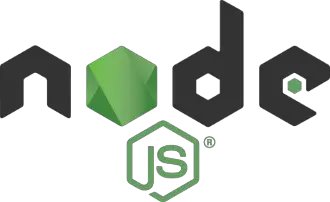Physical Address
304 North Cardinal St.
Dorchester Center, MA 02124

Node, built on the Chrome JavaScript runtime, enables you to build scalable and fast network applications. To install it is pretty straight forward, start off by installing the Development Tools group from CentOS: yum groupinstall “Development Tools” Now add the Node…
Yum, the CentOS package manager can be a real pain at times. I’ve seen Yum download packages at crawling speeds of 5kBps, that’s right. To fix this is fairly straightforward, given you have the the yum-fastestmirror plugin installed, if not…
CentOS is really slow to update versions of software’s it maintains so we’ll have to add an external repo to install PHP 5.6 on our server. Make sure you backup everything on your server. Start off by removing any previous…
ownCloud is a great project which let’s you create your own self-hosted Dropbox / Google Drive alternative. It’s also great for organizations which want to manage assets rather than just holding them on drives with no way of finding data efficiently. Installing…
On a newly installed WHM/cPanel server if you access a folder inside a domain which doesn’t have a index page in it, the server will throw you the complete directly structure. This can be bad as this exposes information about…
About MariaDB MariaDB one of the most popular and an enhanced drop-in replacements for MySQL. It was created and is maintained by the original developers of MySQL. MariaDB is very interesting because if is fast, scalable and more robust than MySQL.…
Installing Varnish on CentOS 7.2 is pretty straight forward, start off by adding the epel-release repo. yum install epel-release With the repo added install Varnish yum install varnish Start Varnish service varnish start Start Varnish at startup chkconfig varnish on…
Ran into this very interesting issue today, I was trying to add two servers I had rented into NewRelic’s server monitor. The first one was successful but I couldn’t for the life of me add the second one. Turn’s out…
I recently got one of those new 5th Gen servers with SkyLake Xeons and NVMe drives. Obviously I wanted to find out the difference between these and standard Sata 7200rpm drives and Sata SSD drives. There’s a little utility called hdparm…
I was just setting up a new VPS when I hit this snag, the server threw the following error when I tried to start the LFD service Job for lfd.service failed because a fatal signal was delivered to the control…